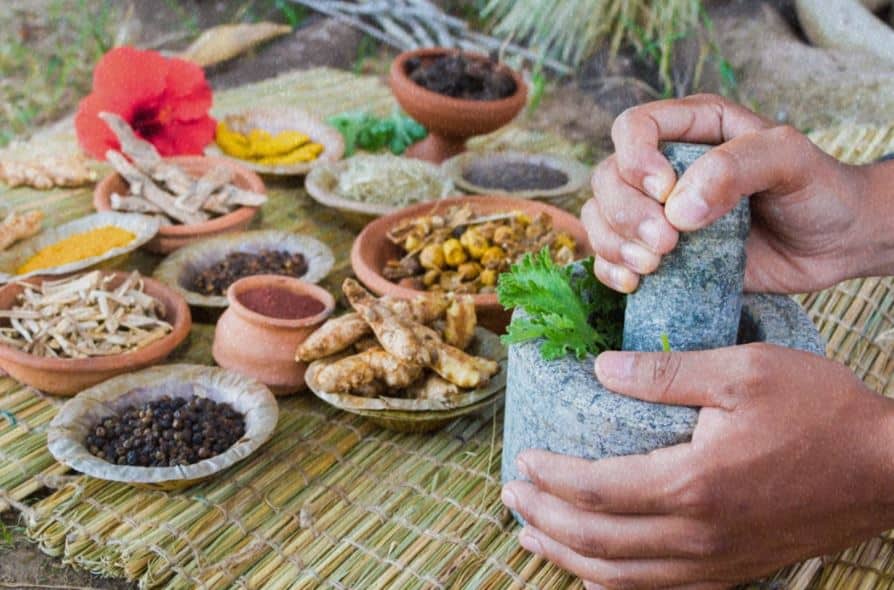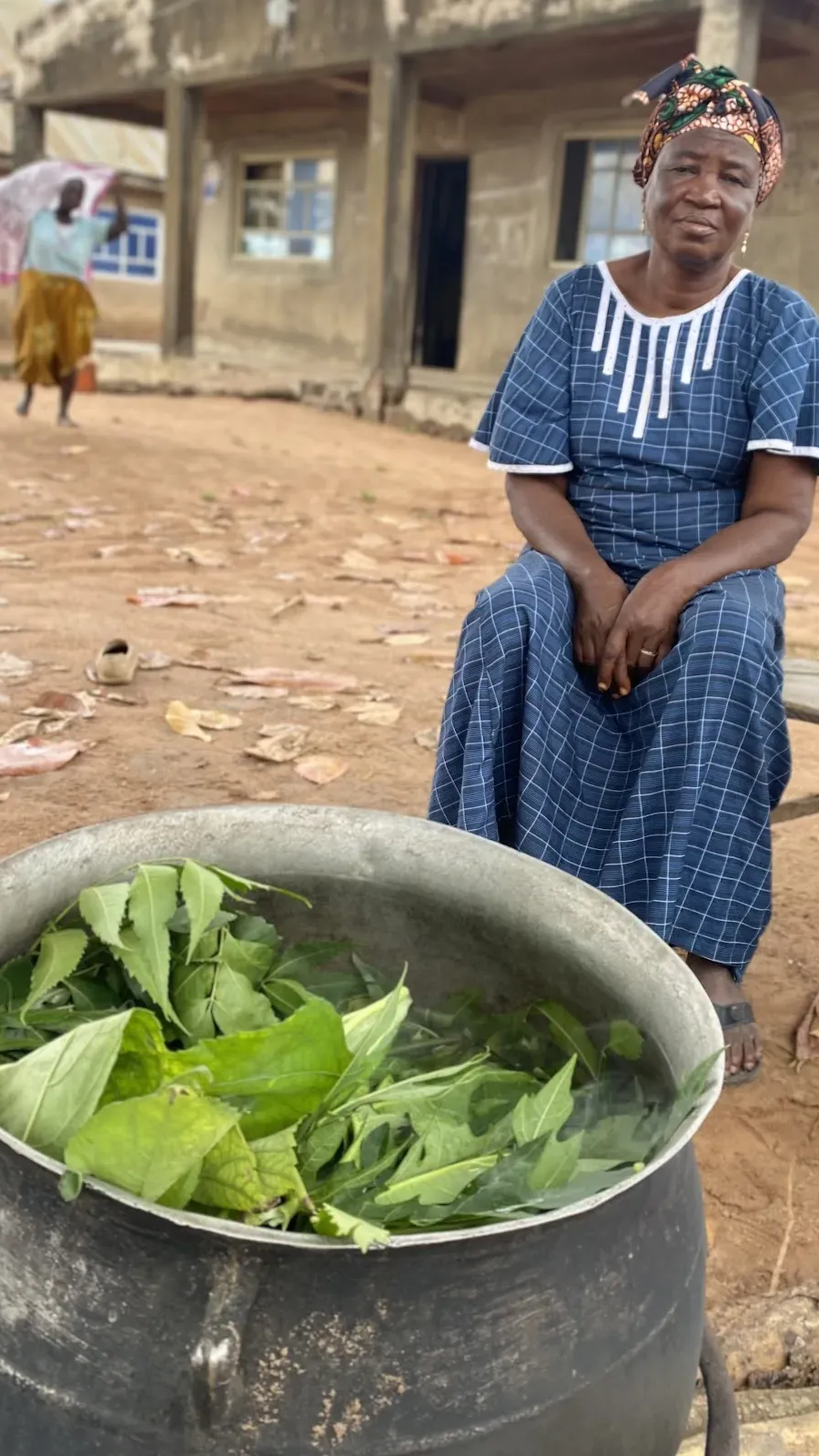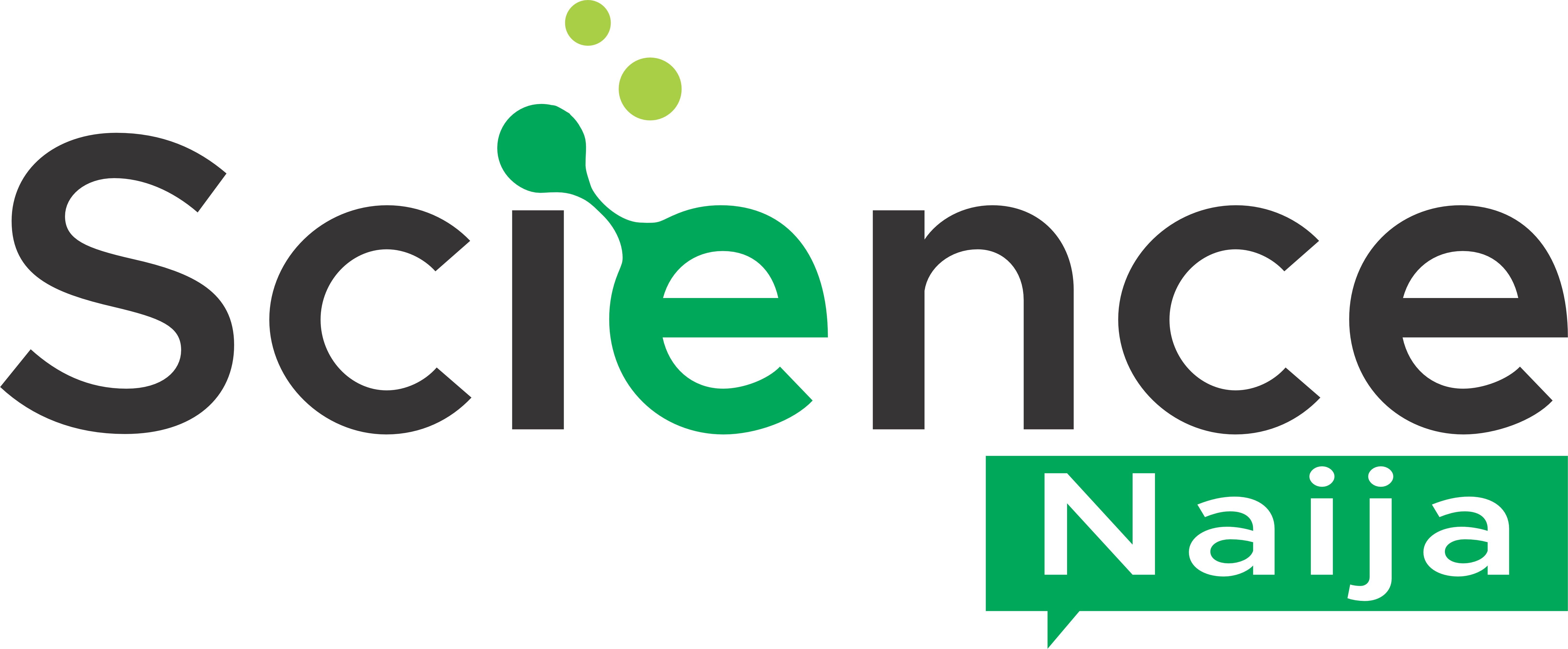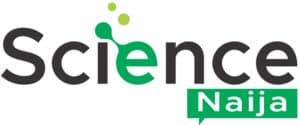The World Health Organization (WHO) estimates that approximately 80% of the global population relies on complementary and alternative medicines (CAM), also known as traditional medicine, which includes healing practices indigenous to various cultures.
Traditional medicine is often contrasted with modern biomedicine. In regions like Nigeria and other parts of West Africa, herbal remedies and spiritual healing are prevalent. Traditional medicine is reportedly used for treating a range of health conditions such as cancer, diabetes, HIV, and hypertension. Additionally, parents commonly administer traditional medicine to their children, with documented instances of its use for conditions like epilepsy, asthma, and sickle cell disease.
These practices extend beyond their countries of origin, as immigrants from Nigeria often bring their traditional beliefs to their new places of residence, where healthcare professionals may be unfamiliar with such practices. This is particularly significant in the field of oncology, where various forms of CAM have been found to interfere with chemotherapy treatments.
Increased awareness of the widespread use of traditional medicine has prompted biomedical research to assess its efficacy. Encouragingly, several Nigerian herbal medicines have undergone testing and have shown effectiveness against malaria. However, the use of traditional medicine has also been associated with difficulties in adhering to biomedical treatment regimens.

Previous studies have identified associations between traditional medicine use and non-adherence to prescribed medications. Many patients only turn to biomedical treatments after traditional medicine has failed to provide relief. Unfortunately, a majority of patients do not disclose their use of traditional medicine to biomedical healthcare providers, often because they are not asked about it.
A recent study involving American oncologists revealed that only 26% of them initiate discussions about herbs and supplements with their patients, and they tend to underestimate the prevalence of CAM usage among their patients. In reality, CAM utilization among cancer patients ranges from 43 to 88%, with potentially higher rates in lower-income countries.
Despite the popularity of traditional medicine in Nigeria, there is limited regulation regarding its use and quality control. A study conducted on herbal medicines in Nigeria found that all sampled herbal medicine products contained elevated levels of heavy metals such as cadmium, lead, and mercury. Other research has identified levels of microbial contamination in herbal medicines that exceed WHO standards for acceptability. This is concerning given the widespread use of herbal medicine, which is commonly perceived as safe by its users.
The utilization of traditional medicine is often attributed to its perceived accessibility and affordability in comparison to biomedicine. This is particularly pertinent in Africa, where the ratio of traditional healers to the population can be significantly higher than that of medical doctors.
A prior study conducted in Ibadan, Nigeria, revealed that individuals were more inclined towards traditional medicine due to their belief in its superior effectiveness, as well as its ease of access and affordability. Another cross-sectional study corroborated these findings by observing increased usage of traditional medicine alongside decreased reliance on biomedicine among populations who attribute diseases to supernatural causes.
While numerous studies have explored the use of traditional medicines among patients with various health conditions, limited research has focused on the utilization of traditional medicine by healthy Nigerian adults. Previous studies have identified the influence of familial or peer recommendations as key determinants of traditional medicine usage.
However, findings regarding the significance of factors such as age, socioeconomic status, and education level in predicting individual usage of traditional medicine have been inconclusive. Given the widespread prevalence of traditional medicine use in Nigerian populations and the potential risks associated with consuming contaminated herbal medicines, it is imperative to comprehend the patterns of usage.
A study recently published in BMC Complementary Medicine and Therapies in 2020, titled “Traditional Medicine Usage Among Adult Women in Ibadan, Nigeria: A Cross-Sectional Study” delves into the prevalence, trends, and factors influencing traditional medicine usage among adult women in Nigeria. The research focuses on variables such as ethnicity, education level, occupation, and changes in weight.
Recruiting 748 adult women from diverse ethnic backgrounds in Nigeria through community-based methods, the study conducted interviews in English or Yoruba to ensure effective communication across various linguistic backgrounds. Data collection entailed administering a comprehensive questionnaire covering demographic details and health-related aspects.

The results reveal that a considerable majority (81.6%) of participants reported using traditional medicine, indicating its widespread acceptance and adoption among Nigerian women. The reasons for traditional medicine usage were diverse, with prevalent issues like fever and Jedi-jedi/Pile commonly cited, reflecting the broad spectrum of health concerns addressed by traditional medicine. Additionally, the frequency of traditional medicine usage varied, with a majority of users preferring occasional consumption, implying a complementary role of traditional medicine alongside conventional healthcare practices.
Relationship between Demographic Factors and Traditional Medicine Usage
The association between demographic variables and the utilization of traditional medicine can be observed through factors such as ethnicity, educational attainment, occupation, and changes in weight.
- Education: Higher levels of education were linked to reduced traditional medicine usage, suggesting a possible correlation between educational achievement and reliance on traditional healthcare practices.
- Occupation: Occupation, particularly engagement in trading, exhibited a positive correlation with traditional medicines usage, highlighting the influence of socioeconomic factors on healthcare decisions.
- Ethnicity: Ethnicity played a crucial role, with Yoruba women displaying a greater propensity for traditional medicines usage compared to Ibo or Hausa women, indicating the impact of cultural beliefs on healthcare choices.
- Changes in Weight: Significant weight loss over the past year was associated with increased traditional medicines usage, indicating a preference for traditional remedies in addressing health issues.
Overall, the study provides valuable insights into the prevalence and determinants of traditional medicine usage among Nigerian women, revealing the complex interplay of socio-cultural factors in healthcare-seeking behaviour.
The research conducted by the authors had several limitations. Firstly, the questionnaire employed in the study did not distinguish between herbal medicines and other spiritual or healing practices that fall under the category of traditional medicine. Another limitation was the inability of the study to ascertain whether women were utilizing medicine under the guidance of an herbal medicine specialist or if they were self-medicating.
Furthermore, the study lacked inquiries regarding the specific types of medicines utilized, as well as attitudes and beliefs towards traditional medicine. This limitation hinders the ability to draw comprehensive conclusions regarding the factors influencing women’s inclination towards traditional medicine, such as ethnicity, education, and changes in weight. Lastly, the community-based recruitment approach utilized in the study might have resulted in a sample that is not entirely representative of the broader population.
Bottom Line
The use of traditional medicine among women in Nigeria reflects deeply rooted cultural beliefs and preferences, alongside practical considerations of accessibility and affordability. Despite its widespread acceptance and adoption, the use of traditional medicine poses challenges, particularly in terms of regulation, quality control, and potential health risks associated with contamination.



